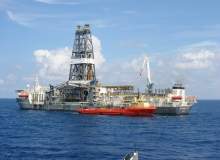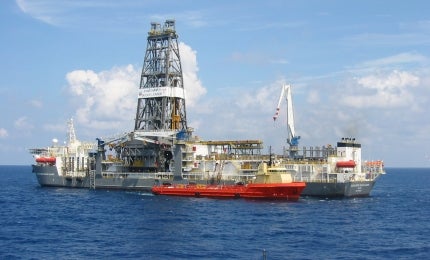

The physical design of a subsea cable network can impact both costs and the long-term viability of the installation. Tolerance to risk, system reliability requirements and budget are key factors that are addressed during the network design phase.
The subsea cable network design process includes:
- Enhanced desktop study is a critical review process to address network design and installation requirements and risk tolerances. The study identifies existing / planned cables and seafloor infrastructure in the project area, marine boundaries and lease block boundaries and any other manmade and natural hazards existing on the seafloor
- Network permitting to address any regulatory and jurisdictional issues or permits required for the network’s projected routing and shore-end landing points
- Platform connectivity and cable route design/survey to identify the optimized routing between defined landing sites, review FEED activities, and consider platform connection design solutions. This step in the process will address the technical issues and identify risks and hazards that may affect the system design life
- Network technology assessment to determine the appropriate fiber type, cable design, transmission equipment and tools for network installation
OSI’s engineering team specializes in mechanical, electrical, optical transmission and ocean engineering.
The network design approach is critical to its long-term viability and OSI’s engineering experience ensures the integrity of the system design, from network and route engineering to cable burial specifications, are implemented and optimized for each specific subsea cable project profile.
Contact OSI today for the planning, design, delivery and operation of your offshore communications network.

